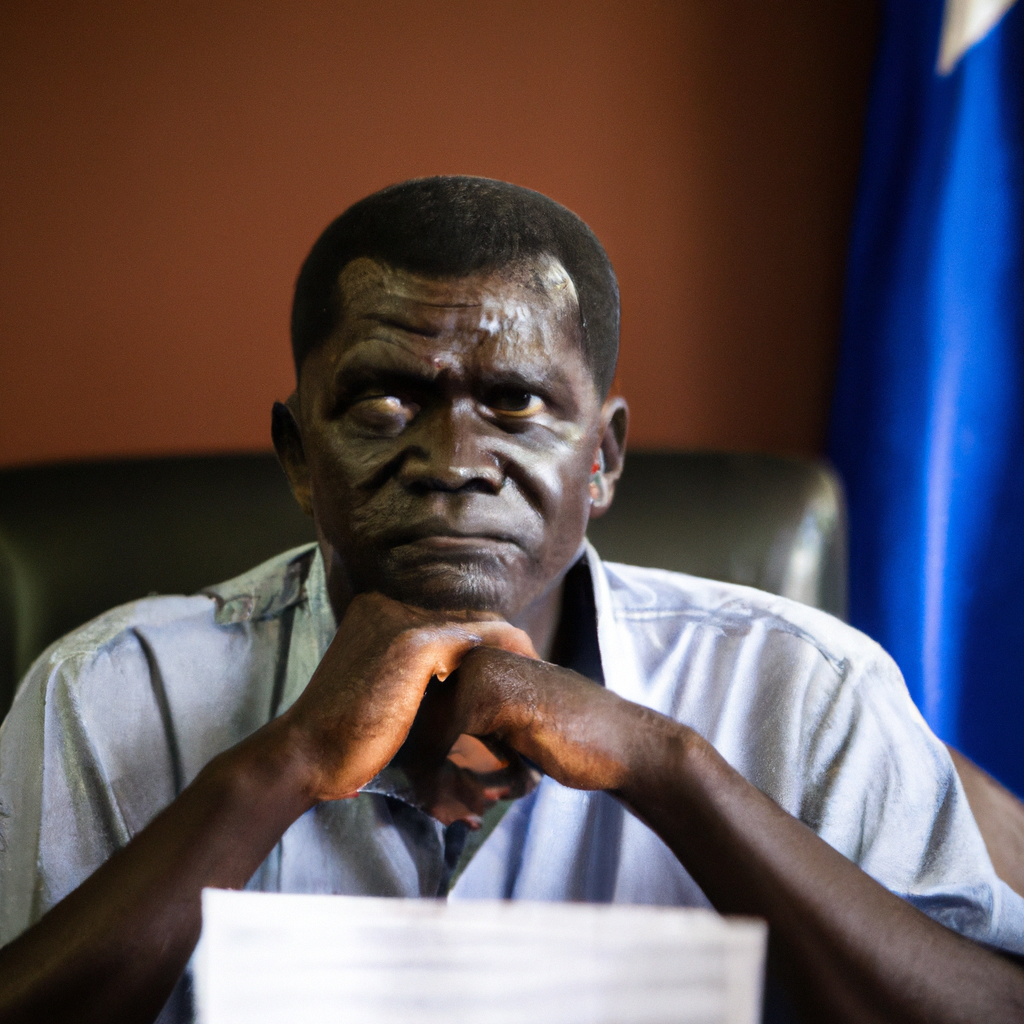Uganda offers a unique opportunity for wildlife enthusiasts and nature lovers to view the endangered mountain gorillas in their natural habitat. Renowned for its rich biodiversity, Uganda is home to half of the world’s remaining population of these majestic creatures. As conservation efforts increase, the tourism sector, particularly gorilla trekking, is experiencing a surge in interest. This comes in light of recent initiatives aimed at promoting sustainable tourism that benefits both the local communities and the preservation of gorilla habitats. Travelers, both local and international, are encouraged to engage in this once-in-a-lifetime experience while contributing to conservation efforts.
Conservation Efforts and Tourism Growth
Gorilla trekking in Uganda is primarily conducted in two national parks: Bwindi Impenetrable National Park and Mgahinga Gorilla National Park. Bwindi, a UNESCO World Heritage Site, is famous for its steep hills and dense forests that provide a habitat for these endangered species. The park’s rugged terrain can be challenging, which ensures that only dedicated visitors can witness the gorillas in their natural surroundings.
The Ugandan government, alongside various conservation organizations, has implemented strict guidelines to minimize human impact on gorilla habitats. These measures include limiting the number of visitors per trek and enforcing health checks to prevent the transmission of diseases between humans and gorillas. As a result, tourists now play a crucial role in the preservation of these endangered animals through the fees they pay for permits, which directly fund conservation projects.
Ugandan culture and community engagement also play a significant role in promoting sustainable tourism. Locals benefit from tourism by providing accommodation, guiding services, and cultural experiences. This creates a direct economic incentive for communities to engage in conservation efforts and protect their natural resources.
Visitor Experiences and Guidelines
Many visitors report that seeing gorillas in the wild is a life-changing experience. Trekkers usually embark on their adventure early in the morning, guided by experienced rangers who are well-versed in the behaviors and habits of the gorilla families.
Key highlights of the trekking experience include:
- Trekking Duration: Hikes can range from a few hours to several, depending on the location of the gorilla group.
- Photography: Visitors are allowed to take photos, provided they follow guidelines to minimize disturbance. Use of flash is prohibited to safeguard the animals.
- Duration with Gorillas: Trekkers typically spend about one hour with the gorillas, observing their behavior in a respectful manner.
There are practical guidelines that visitors must adhere to:
- Stay at least 7 meters away from the gorillas.
- Avoid direct eye contact, which can be perceived as a threat.
- Maintain silence during the encounter to avoid stressing the gorillas.
Implications for Local Communities and Conservation
Engagement in gorilla trekking not only provides unforgettable experiences but also fosters conservation awareness among tourists. The funds generated from this form of eco-tourism help finance local projects such as education and healthcare, weaving a positive impact on Ugandan communities.
With the global focus on protecting endangered species and habitats, Uganda’s strategic focus on conserving its mountain gorillas becomes increasingly vital. As trekking gains popularity, it reinforces the need for continued funding and collective efforts towards conservation initiatives.
Moreover, as the global demand for eco-friendly travel experiences rises, Uganda stands to benefit economically from its unique wildlife offerings. This trend not only enhances the nation’s reputation as a prime destination for wildlife tourism but also encourages responsible tourism among visitors.
As more travelers choose to support endangered species through eco-tourism, the future of the mountain gorillas depends on continued conservation efforts and responsible visitor participation. Consistent awareness of the ecosystem’s ecological balance is crucial in ensuring that both the gorillas and their habitats are protected for generations to come.








